Planning a trip to the Netherlands and only have four days? No worries! I’ve crafted the perfect itinerary to help you make the most of your short visit. From the charming canals of Amsterdam to the windmills of Zaanse Schans, this guide will ensure you experience the best the Netherlands has to offer.
Key Takeaways
- Comprehensive Itinerary: The 4-day itinerary covers top destinations in the Netherlands, including Amsterdam, Rotterdam, Zaanse Schans, and Utrecht, providing a well-rounded experience of Dutch culture, history, and modernity.
- Day-by-Day Breakdown: Each day is structured with specific activities, from canal cruises in Amsterdam and windmills in Zaanse Schans to the architectural marvels of Rotterdam and the historical landmarks of Utrecht.
- Cultural Highlights: The itinerary includes must-visit cultural and historical sites such as the Anne Frank House, Rijksmuseum, Van Gogh Museum, Cube Houses, and Dom Tower, ensuring an enriching experience.
- Local Cuisine: Emphasis on trying traditional Dutch foods like stroopwafels, bitterballen, and poffertjes, as well as enjoying meals at recommended spots in different cities.
- Travel Tips: Useful advice on the best times to visit, efficient transportation options, including train travel and biking, and practical tips like booking tickets in advance to avoid long queues.
Day 1: Exploring Amsterdam
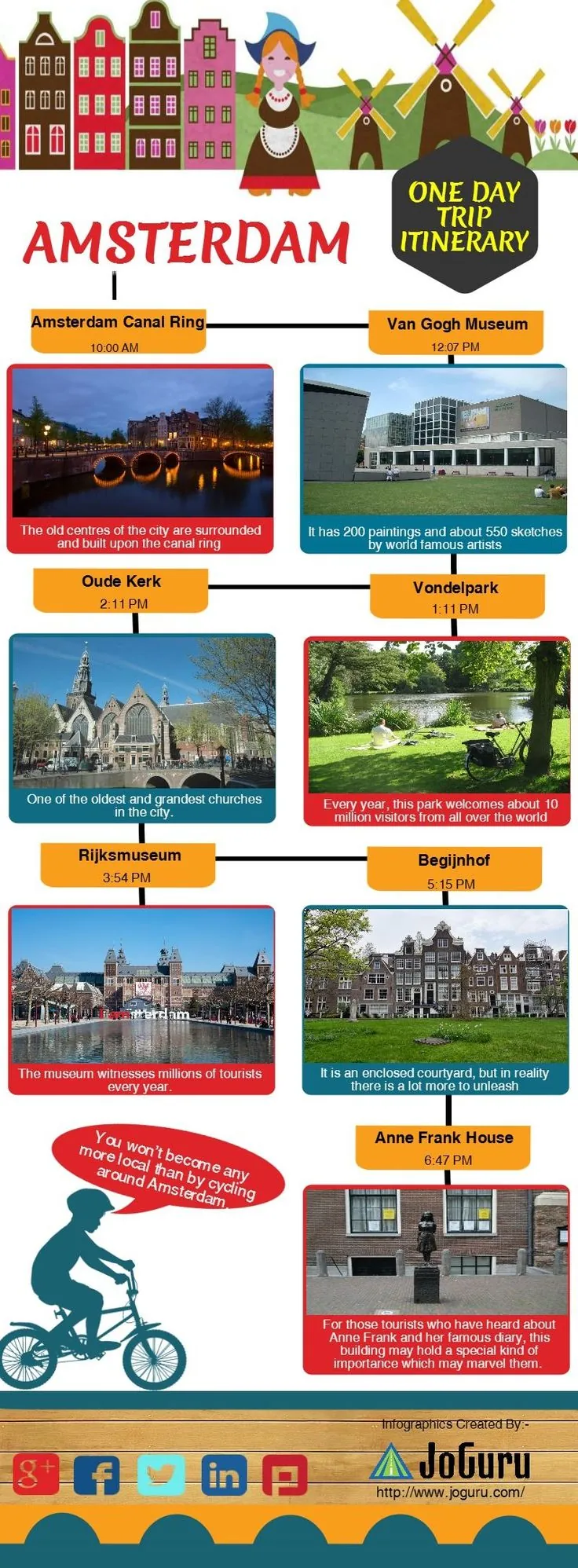

Day 1 in Amsterdam promises an enriching experience with historical and cultural highlights. Start your journey with a unique perspective of the city and dive deep into its artistic treasures.
Morning: Arrival and Canal Cruise
Upon arriving in Amsterdam, I recommend starting with a canal cruise. Amsterdam’s canal network, a UNESCO World Heritage site, offers a stunning and different perspective of the city. The cruise typically covers major landmarks like Anne Frank House, Westerkerk, and the iconic narrow houses. These cruises usually last 60-90 minutes, providing ample time to familiarize yourself with the city’s layout. Operating daily, these cruises are often narrated, giving you historical context and interesting facts about Amsterdam’s development. Booking in advance can save time.
Afternoon: Rijksmuseum and Van Gogh Museum
After the cruise, head to the Rijksmuseum. This museum houses over 8,000 objects including masterpieces by Rembrandt and Vermeer. The Night Watch by Rembrandt is a must-see. Spend around 2-3 hours here to appreciate the extensive collection. Then, visit the Van Gogh Museum nearby. Home to the world’s largest collection of Van Gogh’s works, this museum showcases over 200 paintings and 500 drawings. Look for “The Starry Night” and “Sunflowers” to truly understand his genius. Interactive displays enhance the experience, providing insights into Van Gogh’s techniques and personal life.
Evening: Anne Frank House and Jordaan District
In the evening, visit the Anne Frank House. It’s a somber, powerful experience, as you walk through the hidden annex where Anne Frank wrote her diary during WWII. The museum displays original artifacts and excerpts from her diary, taking about an hour to tour. Then, explore the Jordaan District, known for its narrow streets, boutique shops, and cozy cafes. This area, once a working-class neighborhood, is now one of Amsterdam’s most charming and trendy spots. Enjoy dinner at a local restaurant before ending your day with a leisurely stroll along the scenic canals. Booking tickets for Anne Frank House in advance is highly recommended due to high demand.
Day 2: Discovering Rotterdam
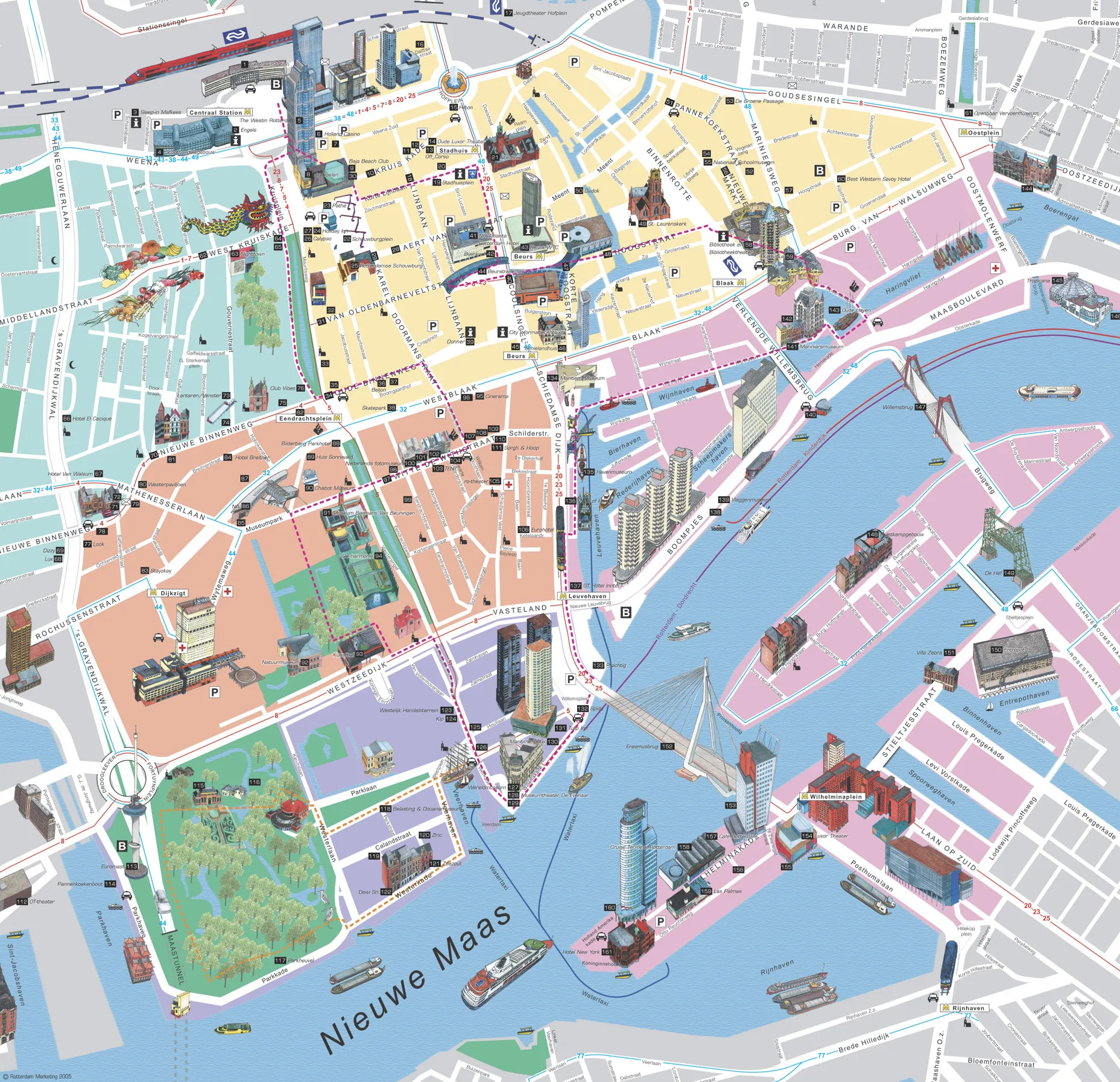
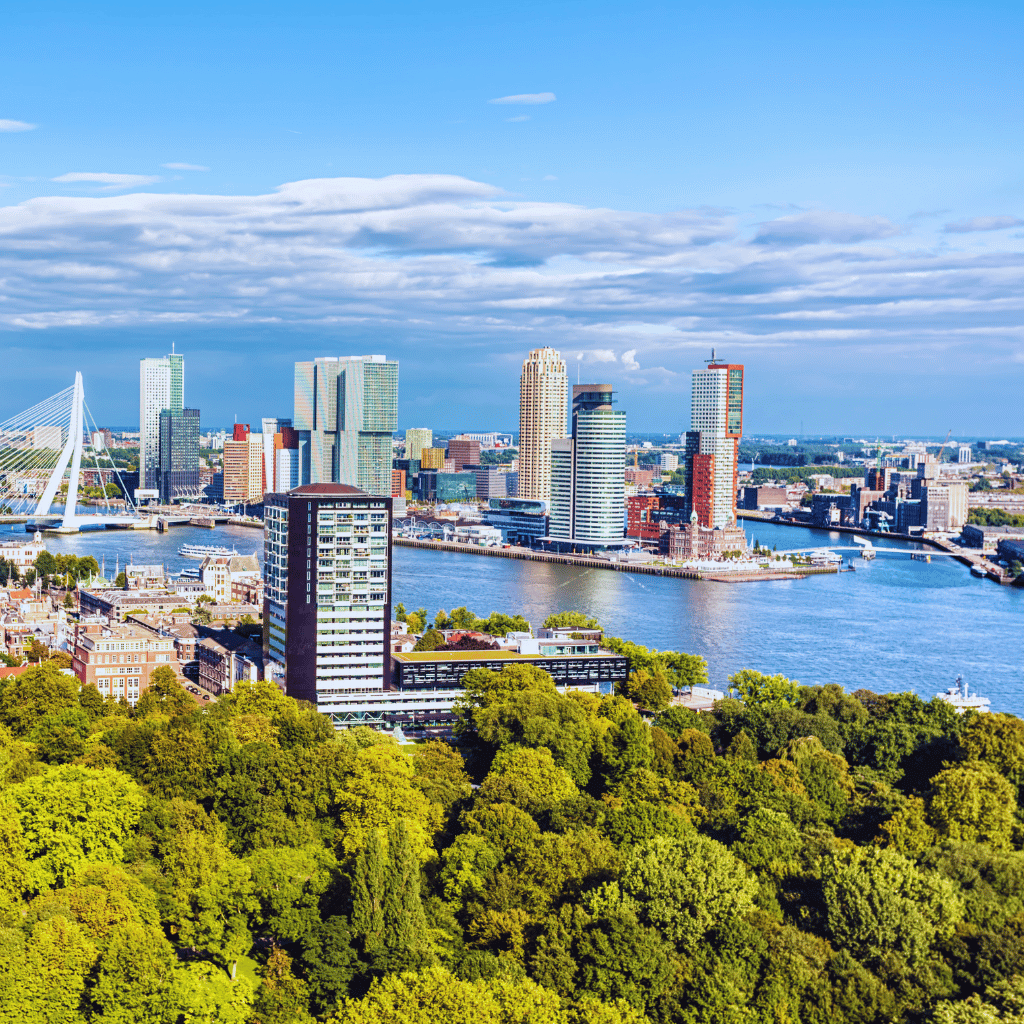
Rotterdam offers a blend of modern architecture and rich maritime history. On Day 2, I’ll take you through some of the city’s best attractions.
Morning: Erasmus Bridge and Markthal
Start the day at Erasmus Bridge, an icon of Rotterdam’s skyline. Spanning the Nieuwe Maas River, the bridge is both a marvel of modern engineering and an excellent spot for photos.
Next, I head to Markthal, an indoor market famous for its stunning murals and eclectic food stalls. Here, I can grab breakfast or an early lunch. With over 100 vendors, options include fresh seafood, Dutch cheese, and international dishes. The market’s unique horseshoe shape and vibrant artwork on the ceiling add to the experience.
Afternoon: Cube Houses and Maritime Museum
After a short walk, I arrive at the Cube Houses, a fascinating example of innovative architecture designed by Piet Blom in the 1980s. These houses are tilted at 45 degrees, providing a unique perspective on urban living. One of them, the Kijk-Kubus, is open to the public and offers a glimpse into the unconventional interior design.
Next, I visit the Maritime Museum, located in Rotterdam’s old port area. The museum showcases the city’s deep connection to the sea with exhibits ranging from 15th-century navigation maps to modern ship models. Interactive displays and historical artifacts offer a comprehensive look at Rotterdam’s maritime heritage.
Evening: Dinner at Oude Haven
As the day winds down, I head to Oude Haven, one of Rotterdam’s oldest harbors, now transformed into a lively dining area. Restaurants and bars line the waterfront, offering a variety of cuisines. I choose an outdoor table to enjoy views of the historic buildings and boats while dining. The ambiance here is perfect for a relaxing end to a busy day.
Day 3: Traditional Experience in Zaanse Schans
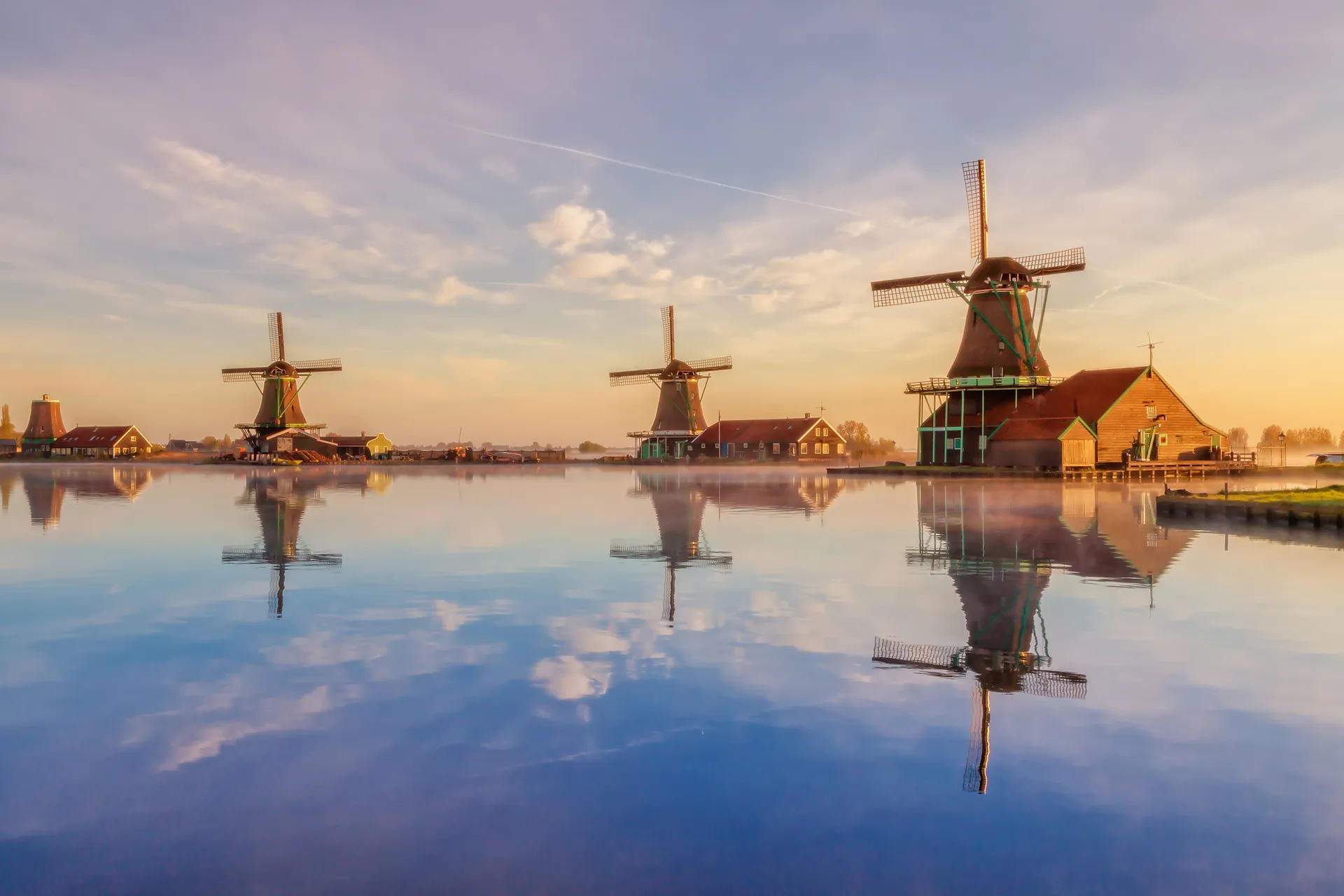

Day 3 immerses you in the traditional Dutch culture at Zaanse Schans. This small village near Amsterdam offers a unique blend of historical charm and fascinating attractions.
Morning: Windmills and Wooden Shoe Workshop
Start the morning by visiting the historic windmills at Zaanse Schans. Each windmill has its own unique history and function. Some of the notable ones include:
- De Huisman: This windmill specializes in mustard production.
- De Gekroonde Poelenburg: It is a sawmill that cuts timber.
- De Kat: Here, pigments are ground to make paints.
- De Zoeker: It is primarily focused on oil extraction.
- De Bonte Hen: This windmill also deals with oil production.
- Het Jonge Schaap: It is a replica of a traditional sawmill.
You can tour these windmills to learn about their mechanics and history. Walking through this area, you’ll see scenic views and understand how wind power was utilized in the past.
Next, head to the wooden shoe workshop. This workshop offers insights into the traditional craft of making clogs. You can watch a live demonstration and learn about the tools and materials used in the process. Admission is free, and you can purchase hand-crafted clogs as souvenirs. These shoes make for unique gifts and keep the traditional craft alive.
Afternoon: Zaanse Museum and Verkade Chocolate Factory
In the afternoon, visit the Zaanse Museum. It showcases the history and culture of the Zaan region. The museum holds a vast collection of local art, traditional costumes, and historical artifacts. Here, you’ll gain a deeper understanding of the area’s rich heritage. Temporary exhibitions provide additional insights into specific aspects of Dutch history and culture.
Next, explore the Verkade Chocolate Factory located within the museum. This section highlights the history of the Verkade brand, known for its chocolates and biscuits. The factory tour involves interactive displays that demonstrate chocolate production processes. Children’s games and activities keep young visitors engaged.
You can taste and even purchase freshly made chocolate products. This experience caters to both your interest in history and your sweet tooth, making it a must-visit spot in Zaanse Schans.
Evening: Return to Amsterdam
After spending a full day experiencing Dutch traditions in Zaanse Schans, return to Amsterdam. You can either take a direct train or a bus for a comfortable journey back. Once in Amsterdam, there are numerous dining options to explore for dinner.
Consider visiting a local restaurant to enjoy traditional Dutch cuisine. Poffertjes (mini pancakes), stroopwafels (syrup-filled waffles), and bitterballen (meatballs) are some classic dishes to try. The evening offers a chance to relax and reflect on the charming experiences gained throughout the day.
End your third day with a leisurely walk along Amsterdam’s canals. The illuminated bridges and serene waters provide a picturesque setting, perfect for ending an exciting day filled with cultural exploration. This peaceful evening sets the tone for the adventures awaiting on Day 4.
Day 4: Historic Utrecht
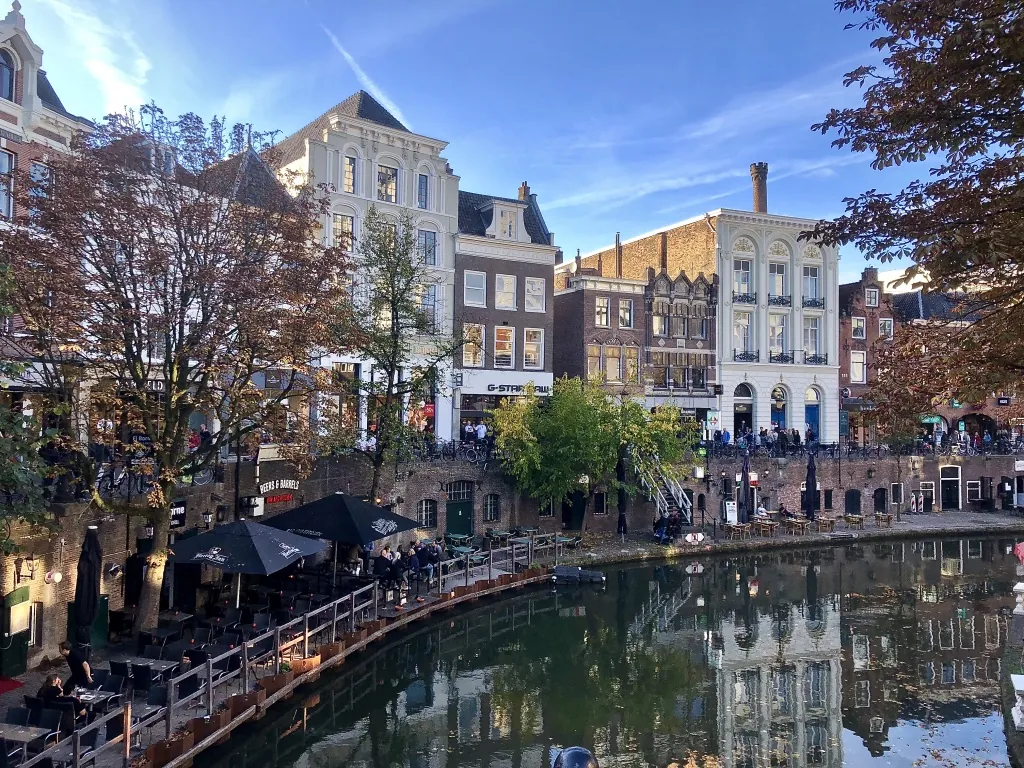

On the final day of my Netherlands itinerary, I explored the historic city of Utrecht. It’s known for its medieval history, unique architecture, and scenic canals.
Morning: Dom Tower and Oudegracht Canal
I started the day at the Dom Tower, the tallest church tower in the Netherlands. Scaling the 465 steps was daunting but worth it. The panoramic view of Utrecht, Rotterdam, Amsterdam, and The Hague was breathtaking. The tower’s history dates back to the 14th century, adding a touch of medieval grandeur to my experience.
After descending from the Dom Tower, I took a leisurely stroll along the Oudegracht Canal. This canal, dating back to the 12th century, is the main artery of the city and lined with charming gabled houses. I stopped at Cafca, a retro coffee shop, for a refreshing morning pick-me-up. Walking along the canal, I discovered the Lapjesmarkt and Flower Market on Janskerkhof Square, where vibrant flowers and Dutch textiles created a lively atmosphere.
Afternoon: Rietveld Schröder House
In the afternoon, I visited the Rietveld Schröder House, a UNESCO World Heritage site and perfect example of the De Stijl movement. Designed by Gerrit Rietveld in 1924, this house showcased the innovative and minimalistic architectural style. The open-plan design and primary color scheme were striking. Guided tours, including the one I took, provided in-depth insights into Rietveld’s vision and the house’s historical context. This architectural marvel is a must-visit for anyone interested in modernist design.
Evening: St. Martin’s Cathedral
As evening approached, I headed to St. Martin’s Cathedral. This Gothic cathedral, also known as Utrecht Cathedral, boasts impressive architecture and rich history. The striking facade and intricate details of the interior were captivating. While there, I attended an evening organ concert, which added a serene ambiance to the visit. The cathedral’s close proximity to the Dom Tower made it an ideal stop to conclude my day in Utrecht.
Travel Tips and Recommendations

For anyone planning a visit to the Netherlands, these tips and recommendations provide everything necessary to enhance your experience and make the most of your time.
Best Time to Visit
The best time to visit the Netherlands depends on what you want to experience. For pleasant weather and blooming tulips, mid-April to mid-May is the ideal window. Keukenhof gardens, in full bloom during these months, offer a breathtaking display of flowers. For those interested in cultural festivals, visiting during Queen’s Day (April 27) or King’s Day offers unique experiences and vibrant street parties. Winter, though cold, is perfect for exploring fewer crowded museums and markets, especially around Christmas. Given the limited hours of daylight, ensuring your itinerary is packed with indoor activities during winter is essential.
Transportation Options
Exploring the Netherlands is straightforward due to its excellent transportation network. Trains are the most efficient way to travel between cities, with regular services connecting major destinations like Amsterdam, Rotterdam, and Utrecht. Using an OV-chipkaart simplifies the ticketing process; it’s valid on trains, buses, trams, and metros. In cities, biking is a popular choice. Most urban areas have dedicated bike lanes and rental options available at reasonable rates. The Amsterdam Travel Ticket, covering unlimited public transport within the city and its airports, is a valuable option for short visits. For those driving, be aware of parking restrictions and limited availability in city centers.
Must-Try Foods
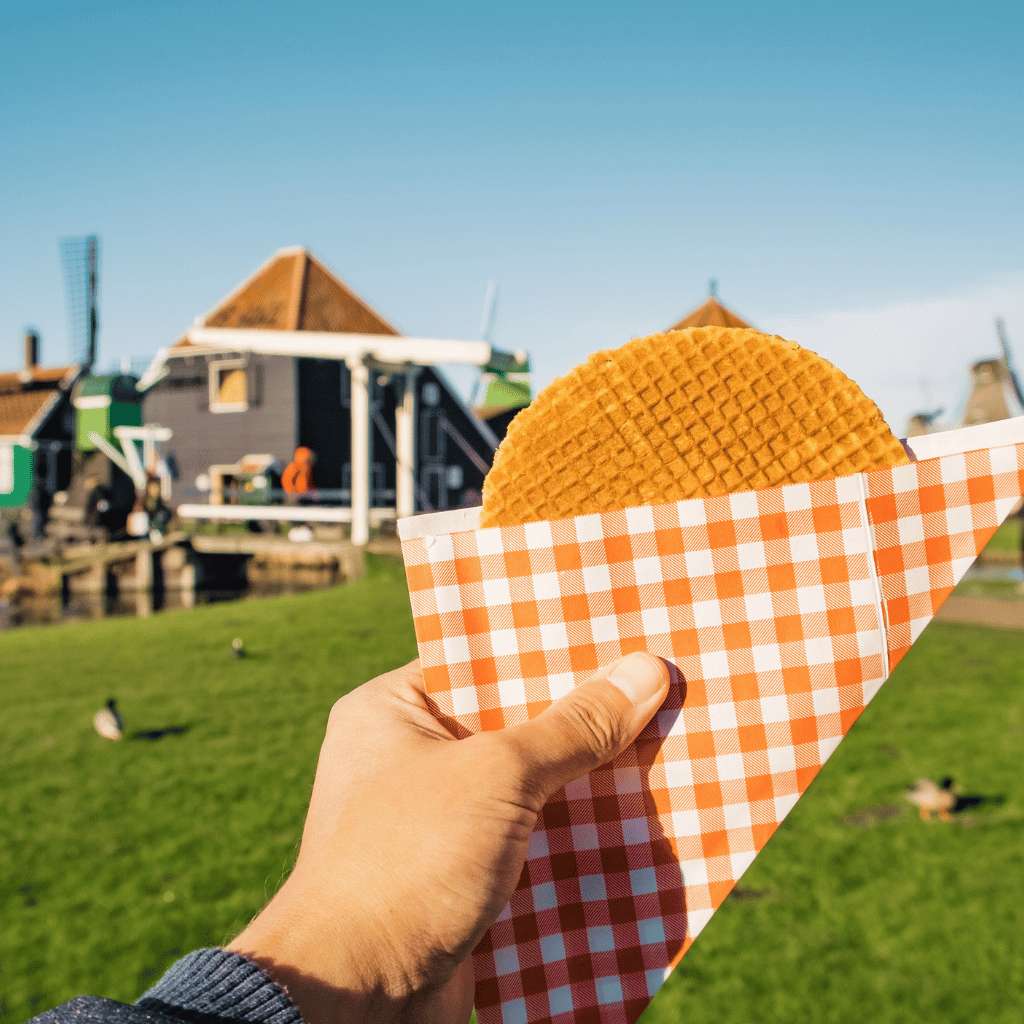
Dutch cuisine offers a variety of flavors sure to delight any palate. Stroopwafels, thin waffle cookies filled with caramel syrup, are a must-try snack found in markets and cafes. Bitterballen, savory deep-fried meatballs, make a perfect accompaniment to a local beer. Herring enthusiasts should try ‘Hollandse Nieuwe’ herring, often served with onions and pickles. For dessert, Poffertjes, small fluffy pancakes typically dusted with powdered sugar, provide a sweet end to any meal. Don’t miss sampling local cheeses, particularly Gouda and Edam, available in shops and markets throughout the country. Enjoying these foods adds an authentic taste of Dutch culture to your journey.
Conclusion
Exploring the Netherlands over four days offers an incredible mix of culture history and natural beauty. From the bustling streets of Amsterdam to the charming windmills of Zaanse Schans each destination has its unique charm. Whether you’re cycling through picturesque canals or savoring delicious Dutch treats there’s something for everyone. Remember to plan your trip around the tulip season or local festivals for an even richer experience. With efficient transportation and a variety of must-see landmarks your Dutch adventure is sure to be unforgettable. Happy travels!
Frequently Asked Questions
What should I not miss in Amsterdam?
Amsterdam’s must-see spots include the Anne Frank House, Rijksmuseum, and a canal cruise. Don’t forget to explore the vibrant neighborhoods like Jordaan and try local treats like stroopwafels.
How can I travel between these cities?
The Netherlands has an efficient train system that connects major cities like Amsterdam, Rotterdam, and Utrecht. Biking is also a popular and scenic option for shorter distances.
When is the best time to visit for tulip season?
The best time to visit the Netherlands for tulip season is mid-April. Keukenhof Gardens, located near Amsterdam, is a top spot for viewing these iconic flowers.
Are there any must-try Dutch foods?
Yes, you should try stroopwafels, bitterballen, herring, and local cheeses like Gouda. These foods offer a true taste of Dutch culture.
What are the key attractions in Utrecht?
In Utrecht, don’t miss the Dom Tower, the tallest church tower in the Netherlands, and the Rietveld Schröder House, a UNESCO World Heritage site. Stroll along the picturesque canals for a relaxing experience.
Is it easy to get around these cities by bike?
Absolutely! The Netherlands is known for being bike-friendly. Each city has well-marked bike lanes and rental shops, making it easy to explore on two wheels.
What cultural festivals can I experience in the Netherlands?
King’s Day on April 27th is a national celebration with plenty of festivities. Other notable events include the Tulip Festival and the Amsterdam Light Festival.
What are the highlights of Rotterdam?
Rotterdam is famous for its modern architecture. Key highlights include the Cube Houses, Erasmus Bridge, and the vibrant waterfront market, Markthal.
How many days should I spend in each city?
A well-planned four-day itinerary allows you to experience the highlights of Amsterdam, Rotterdam, Zaanse Schans, and Utrecht. Spend a day in each city to make the most of your time.
Are there any special tips for visiting Zaanse Schans?
Visit early in the morning to avoid crowds. Don’t miss the historic windmills, cheese factory, and traditional Dutch houses. A leisurely walk around this picturesque village is highly recommended.
